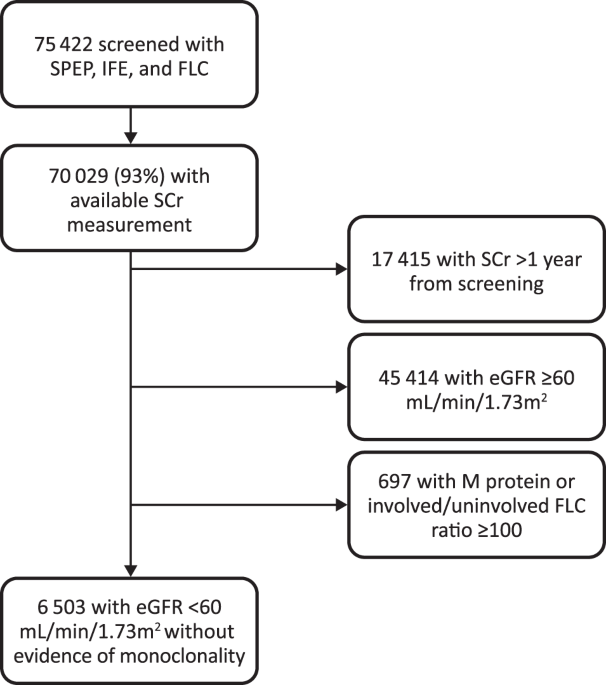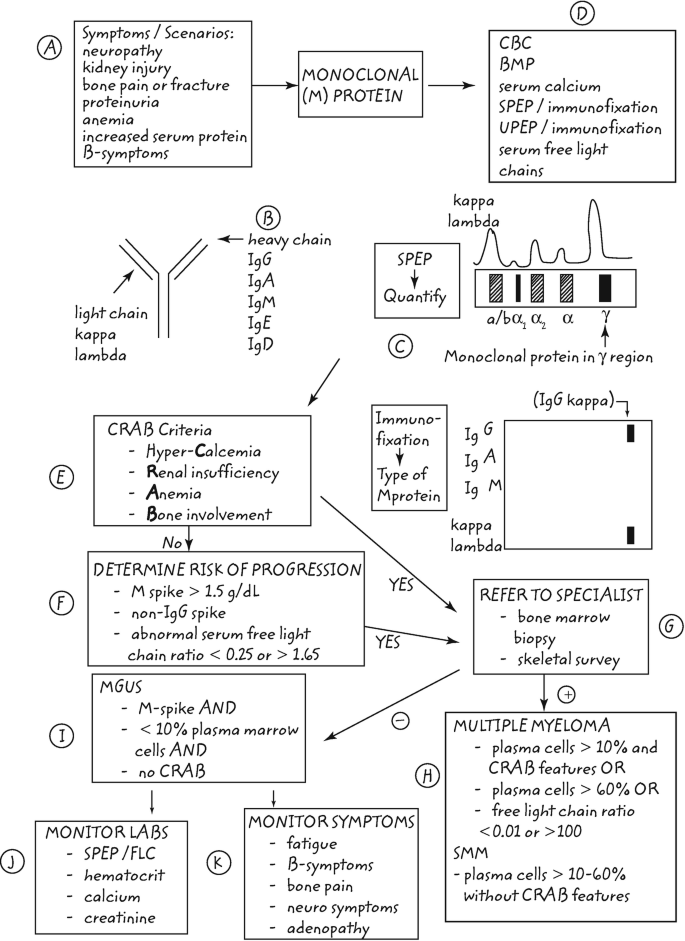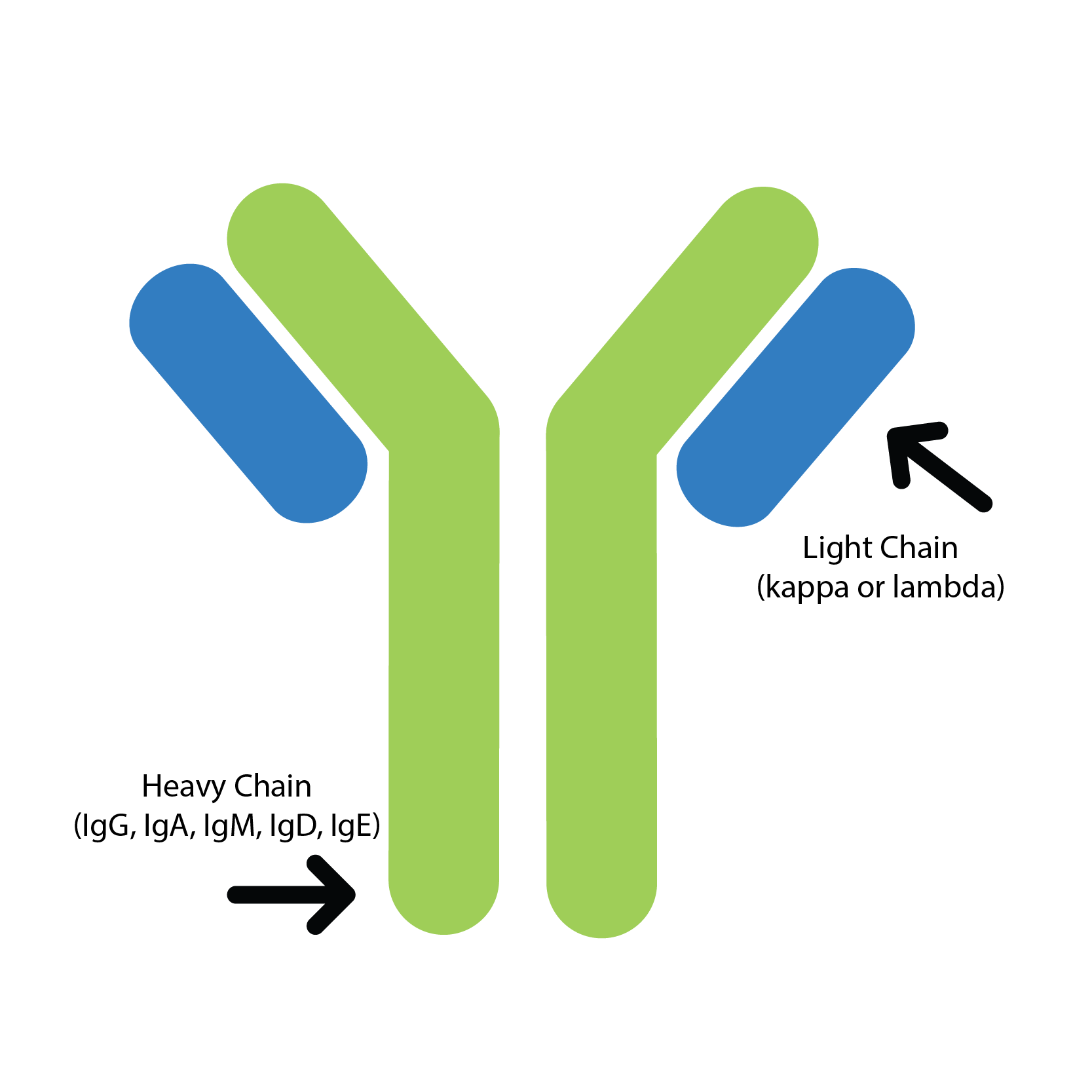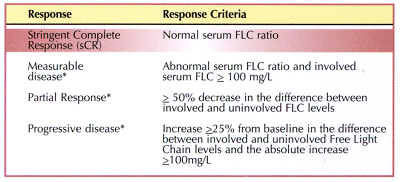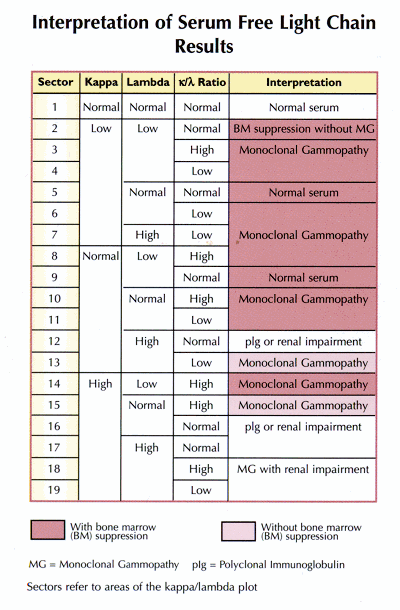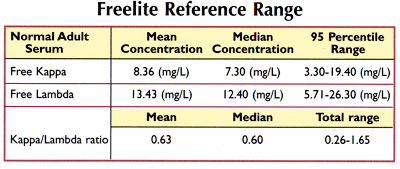
Table 2 from Prevalence and clinical significance of abnormal serum kappa/lambda light chain ratio in patients with chronic kidney disease. | Semantic Scholar
Comparison of serum free light chain and urine electrophoresis for the detection of the light chain component of monoclonal immunoglobulins in light chain and intact immunoglobulin multiple myeloma | Haematologica
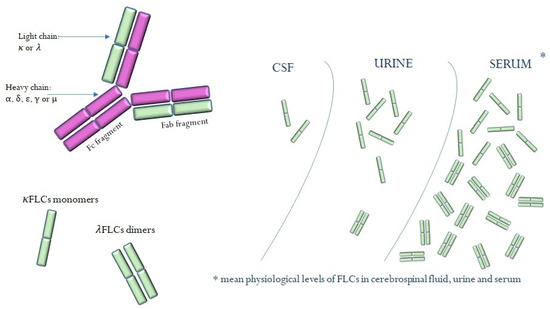
IJMS | Free Full-Text | Free Light Chains κ and λ as New Biomarkers of Selected Diseases

Table 3 from Prevalence and clinical significance of abnormal serum kappa/lambda light chain ratio in patients with chronic kidney disease. | Semantic Scholar

PDF) Serum free light chain ratio is an independent risk factor for progression in monoclonal gammopathy of undetermined significance (MGUS)
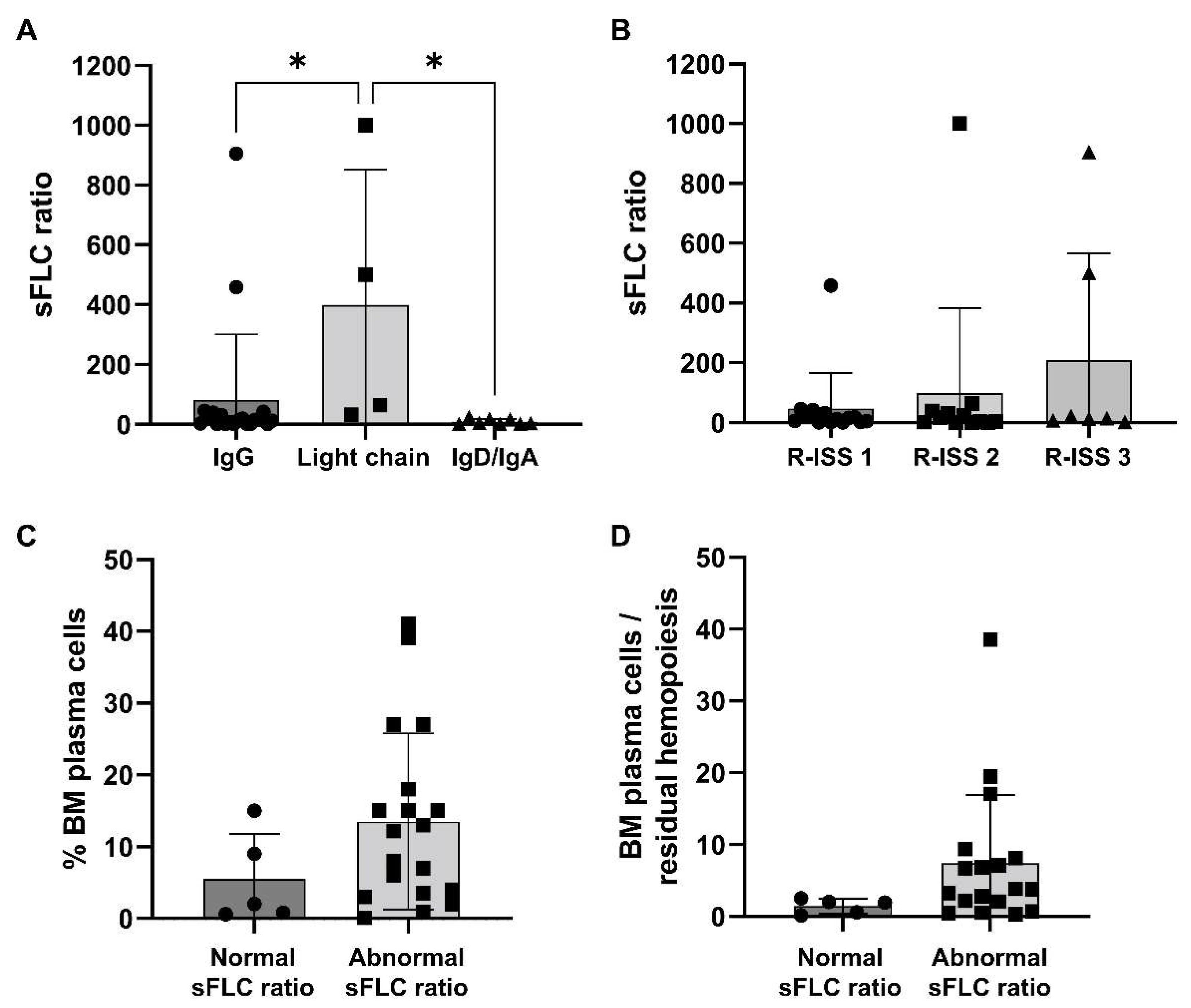
Biomedicines | Free Full-Text | Serum Free Light-Chain Ratio at Diagnosis Is Associated with Early Renal Damage in Multiple Myeloma: A Case Series Real-World Study

Table 1 from Prevalence and clinical significance of abnormal serum kappa/lambda light chain ratio in patients with chronic kidney disease. | Semantic Scholar
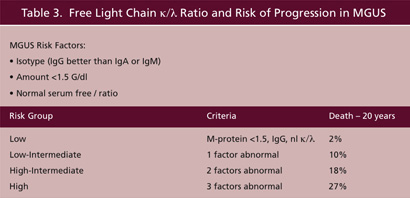
Measuring Serum Free Light Chains (FLC) Improves Diagnosis and Prognosis for Patients with Monclonal Gammopathies - Warde Medical Laboratory
Excluding myeloma diagnosis using revised thresholds for serum free light chain ratios and M-protein levels | Haematologica

Kappa free light chain and neurofilament light independently predict early multiple sclerosis disease activity—a cohort study - eBioMedicine
Mom has high kappa light chain. Very anemic. Doctors want to wait and follow up later. She's getting quite tired and losing appetite. She broke her femur a year ago too. :

The use of immunoglobulin light chain assays in the diagnosis of paraprotein-related kidney disease - ScienceDirect
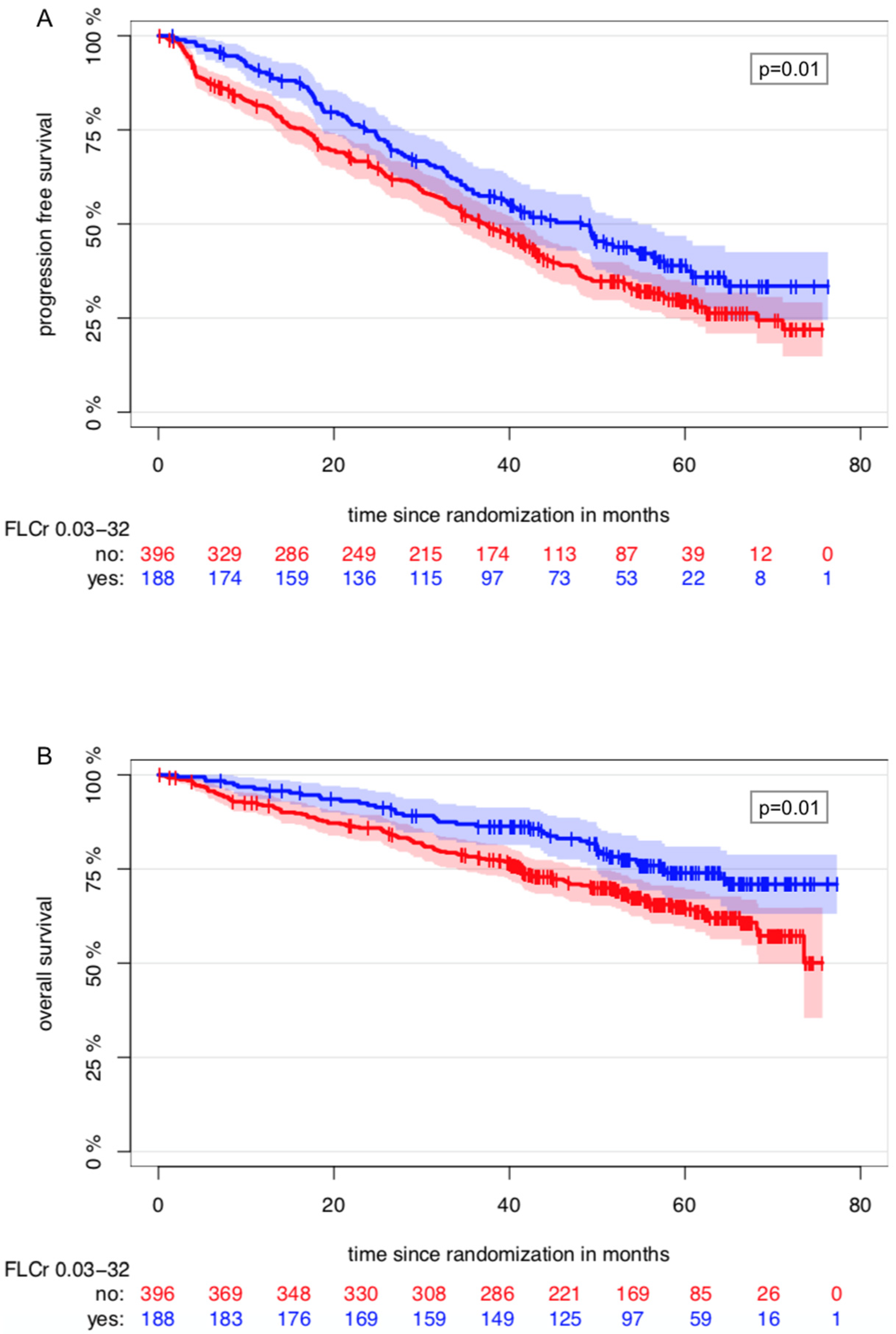
Cancers | Free Full-Text | Prognostic Impact of Serum Free Light Chain Ratio Normalization in Patients with Multiple Myeloma Treated within the GMMG-MM5 Trial

Phenotyping Polyclonal Kappa and Lambda Light Chain Molecular Mass Distributions in Patient Serum Using Mass Spectrometry | Journal of Proteome Research
